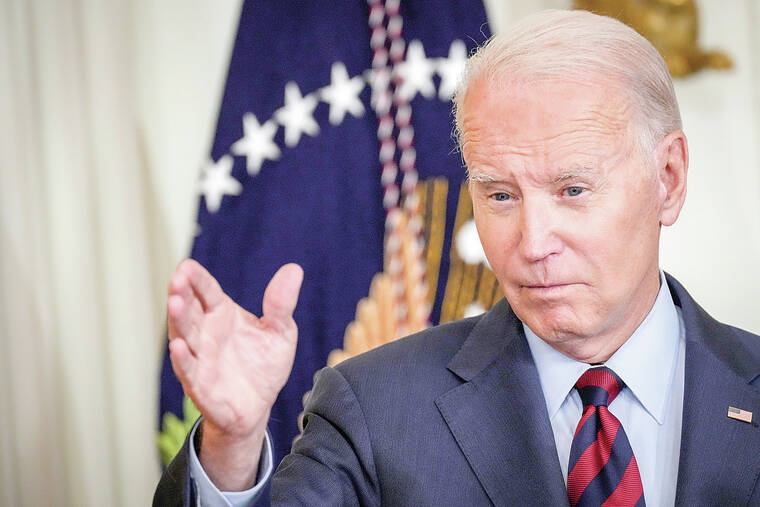Biden wants states to ensure Obamacare plans cover enough doctors and hospitals
The Biden administration plans to push states to boost oversight of the number of doctors, hospitals and other health providers insurers cover in Obamacare plans, under rules proposed in November.
The annual regulatory proposal, known as the payment parameters rule, also seeks to expand access to adult dental coverage in Affordable Care Act marketplaces and would require states to hold open enrollment periods for Obamacare plans at the same time of year. It’s likely one of the last major ACA policy efforts of President Joe Biden’s first term — and, if he loses reelection, could represent his final touches on the landmark health program created when he was vice president.
ADVERTISING
Biden has been a staunch supporter of Obamacare and has taken steps during his own first term in the White House to expand the program through rules and legislation, including measures that increased premium subsidies. In part because of those subsidies, enrollment has increased steadily and hit records under his watch.
The proposal for 2025 would continue administration efforts to expand coverage, making it easier for states to offer plans that include adult dental care. The rules also set additional guardrails on the growing number of states that have chosen to run their own ACA marketplaces.
The rules need to be finalized in the spring and would affect plans starting in January 2025, not long before Inauguration Day.
So expect some controversy.
Already, the ACA has entered the political debate, with the current GOP front-runner, former President Donald Trump, taking to his Truth Social site on Thanksgiving weekend to call the failure of the GOP to repeal the ACA “a low point for the Republican Party.”
Trump also said he was “seriously” considering alternatives, which harked back to his presidency when he frequently promised an Obamacare replacement was soon to be revealed. It never was.
Biden quickly seized on Trump’s comments, saying on Nov. 27 that “my predecessor has once again — God love him — called for cuts that could rip away health insurance for tens of millions of Americans.”
Many of the changes made during Biden’s term, especially to rules that spell out how the law is to be implemented, could be altered if a Republican wins the White House — just as occurred in the transition from the Obama administration to the Trump term and, again, when Biden took office.
When Trump came into office, for example, he made a number of moves to roll back ACA rules set by the program’s namesake, President Barack Obama, including sharply reducing funding for enrollment assistance, shortening the annual sign-up period, and allowing less expensive but less protective short-term plans to cover longer periods of time. Biden’s team, in turn, expanded funding for enrollment, added special enrollment periods, and has a proposal awaiting final approval that would restore restrictions on short-term plans, which don’t cover many of the benefits included in ACA plans and are often called “junk insurance” by critics.
“If the past is any guide, and the next administration is different, the first thing they will do is roll things back,” said Sabrina Corlette, a research professor and co-director of the Center on Health Insurance Reforms at Georgetown University.
Politics may be one reason the administration’s latest proposal doesn’t include larger changes to the ACA. Doing anything more aggressive in an election year “might disrupt a program that Biden fully supports,” said Joseph Antos, senior fellow at the American Enterprise Institute, a right-leaning think tank.
But the proposal from the Department of Health and Human Services does respond to concerns about “network adequacy,” or whether insurers’ doctor and hospital networks are large enough to meet demand. The rules would require states to set numerical standards, such as a maximum “time and distance” that patients must travel to access in-network care, that are at least as rigorous as federal limits that kicked in this year.


